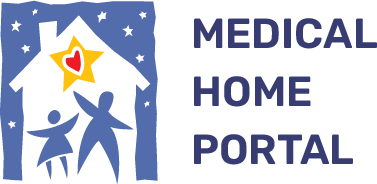Sleep Issues
Sleep problems are more common in children and youth with special health care needs (CYSHCN). Consider routine use of a sleep screener - see Screening for Sleep Problems.
Other Portal pages provide clinical information or patient education to help understand and address common sleep issues in CYSHCN:
Authors & Reviewers
Initial publication: May 2018; last update/revision: February 2023
Current Authors and Reviewers:
| Author: | Medical Home Team |
Authoring history
| 2021: first version: Medical Home TeamA |
AAuthor;
CAContributing Author;
SASenior Author;
RReviewer

